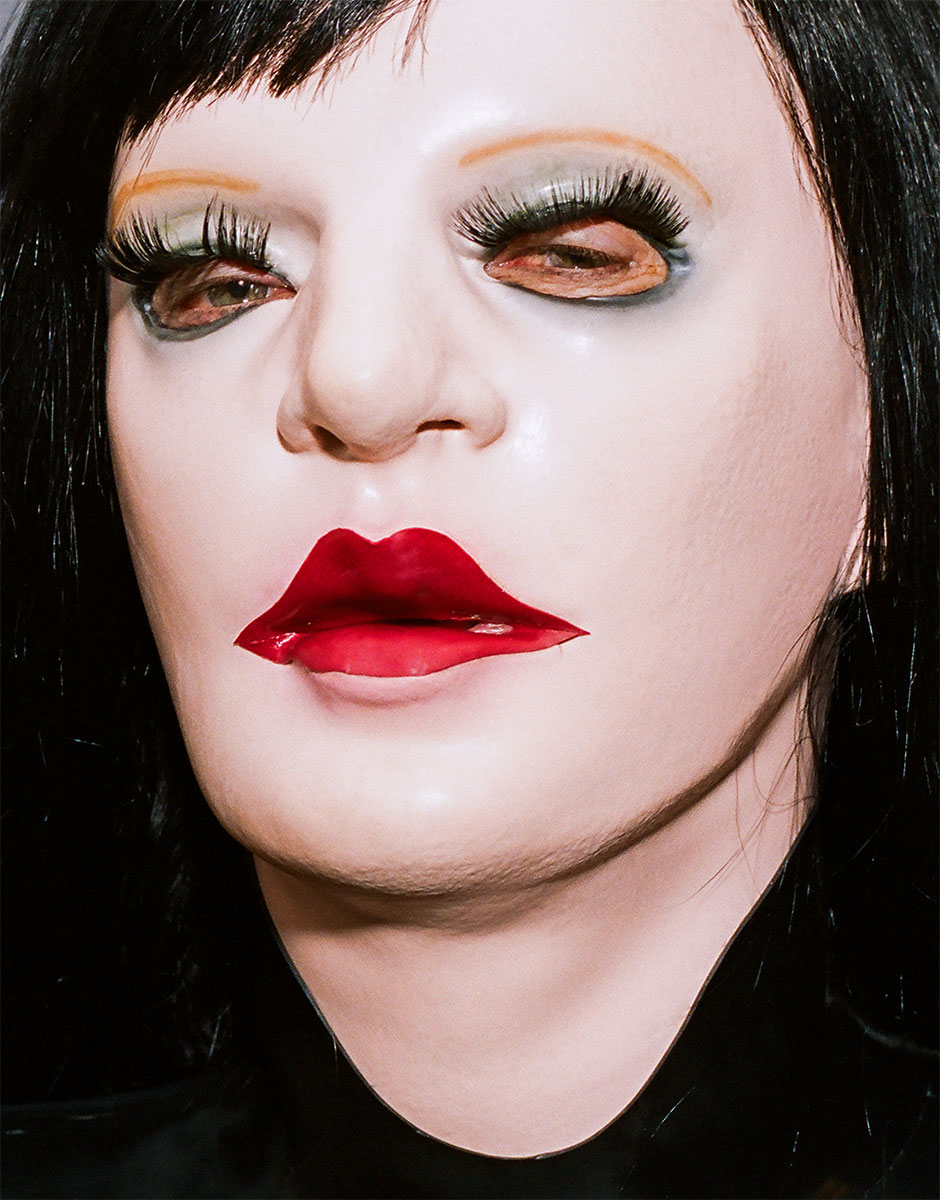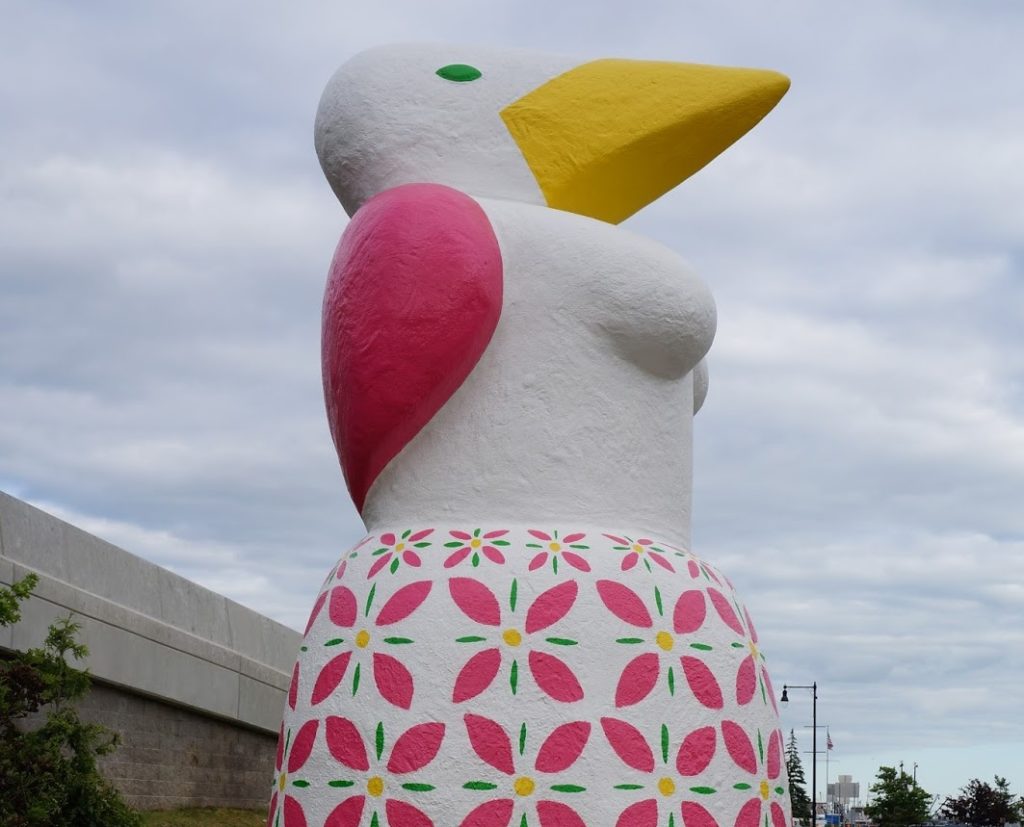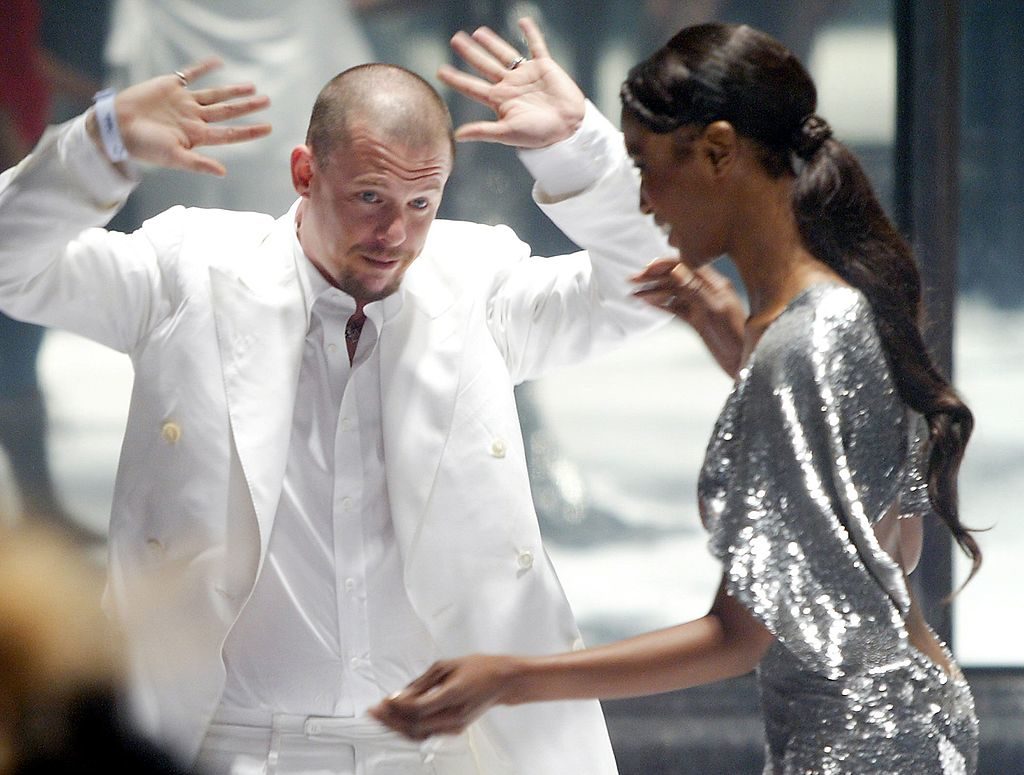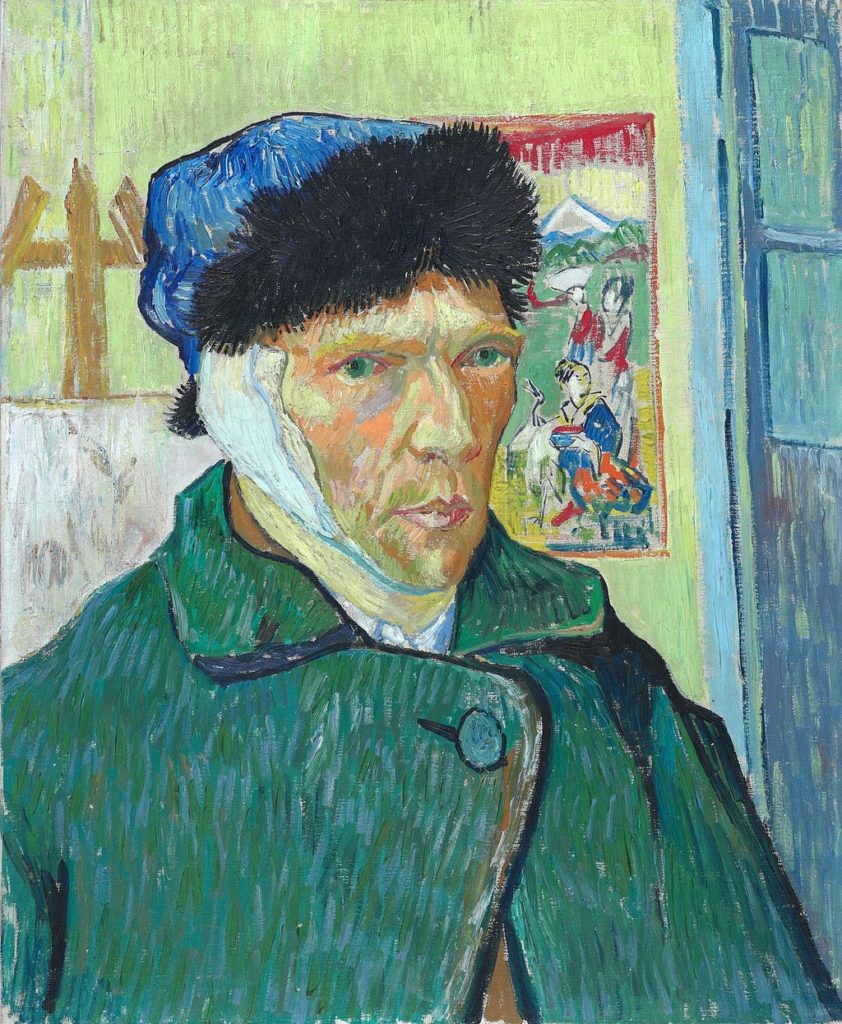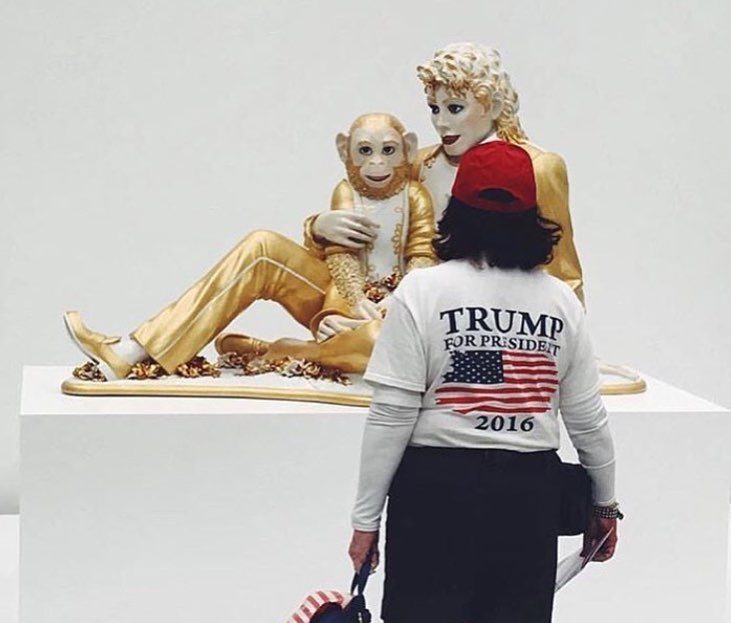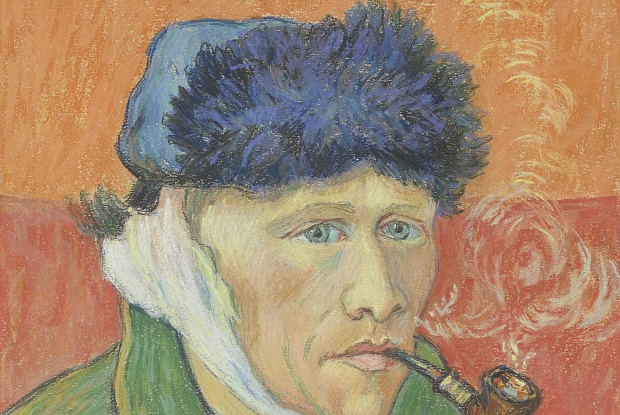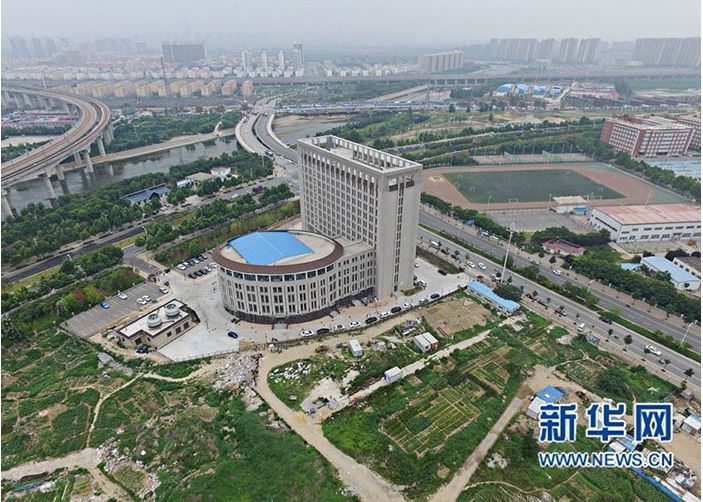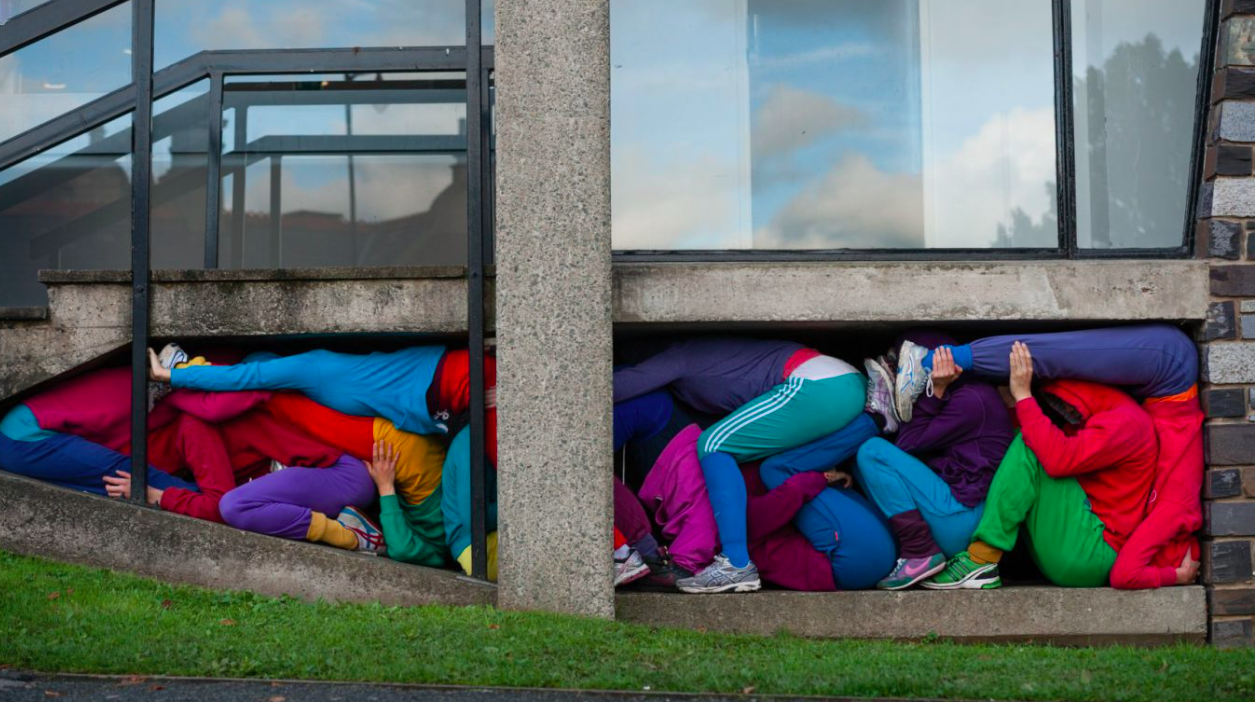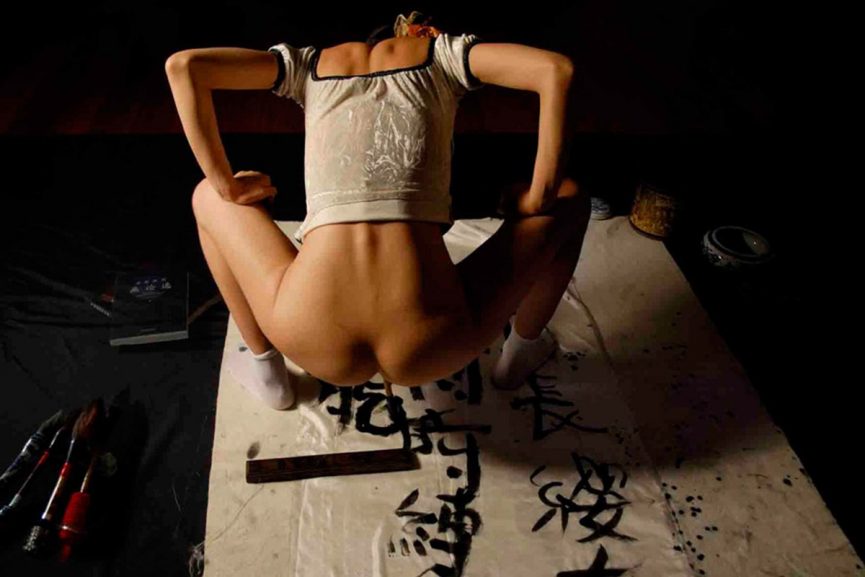Albert Omoss is a computational artist and creative technologist from Los Angeles, California who uses computer coding to ‘create software, and software to create visual art’. (Omoss, 2015, Online) Openly critical of using his skills to create visual art for commercial purposes, he prefers, when working on his own projects, to experiment the ‘wider spectrum of emotional complexities.” (Cone, 2014, Online) He gave us a minute of his time to respond to a few questions about his practices, inspiration and the link between computer programming and biology.
For those of you who may have not seen his work it is visceral and disturbing at the same time. The semantic of form runs throughout his portfolio with visual art as the main medium. In particular is the Form collection. Form N11 – Objectification presents issues of gender with women juxtaposed to the men in a colour bias of the women in pink and the men in green. The title itself suggests treating people as a commodity or without dignity. This is illustrated in the way the bodies are stacked upon each other in what seems like an invisible glass with complete disregard for human dignity, naked, and in the many. However, it is the similarities in the movement of the anatomy that perhaps unites both genders the slapping around of limbs, bodies scrunched together like the London Overground 9am Monday morning. “Audiences almost always have some kind of strong visceral reaction when they experience it, running a spectrum from disgust, to shock, to laughter. Everyone reacts to it differently, and I find it’s an interesting way to obtain a read on a person’s emotional sensibilities. I learn a lot about people when I see their response to my work. ” He said.
form n11 – objectification from Albert Omoss on Vimeo.
From the same project is Form M09 – Peer Pressure. The clever play on words of the mulch of body pressure is key to understanding the work; bodies upon bodies flinging and flailing their way into some kind of flesh monster that is reminiscent of The Blob. It would seem that Omoss’ opinion of the horror of flesh could be the core of his work. Even if it is presented in this ambiguous and slick format, the complexities and the questions it asks, present the repugnance and awe of form. It is evocative of those hideous black and white videos of Nazi Germany mass graves and the hopelessness of cadavers being flung into a muddy pit. The complete uselessness of a body without a soul. “I have a lot of anxiety related to the fragility of the human body. Dealing with the deaths of close family and friends has had a strong impact on the way I view life, and how delicate it is. Violence is deeply disturbing to me, and I think that has a lot to do with why I find the manipulation of the human body to be such a compelling subject. ” He explained.
form m09 – peer pressure from Albert Omoss on Vimeo.
The pairing of both computer programming and biology is not something that you would at first believe to be linked, but after explanation Omoss suggested that there is a “strong connection” here. He put forward the idea that the complexities of software are similar to the biological systems. “Software is built from small functional units that are combined and structured to form complex hierarchical systems, with many interdependent and specialized units, all working as a conglomeration towards some generally common goal. Biology is very similar in that way, but the units of computation are physical, electro-chemical, nano-technological constructs. Coding is like an abstraction of biological complexity and organization. The structural and systematic beauty in one system applies to the other. ” He explained.
Like with all the art, the emotions that are garrisoned from voyeurism, tend to inform our opinion of the piece. Omoss however explains that “the method of creating [his] art is [not] meant to evoke emotions in the audience.” It is less for him the emotional reaction of the audience but rather “the content is where [he] invests the emotional weight of the art.” We as the audience is usually interested in the meaning of the art work, which is something Omoss did not want to prescript in the interview. But he did offer the idea that he knows what it means to him but is more interested in how it “means something different to every person that sees it.” It is the audience’s depiction that encapsulates him. “Hearing those interpretations helps me learn so much about other people, and myself. I think that is one of the most valuable aspects to putting art out into the world,” he concluded.
